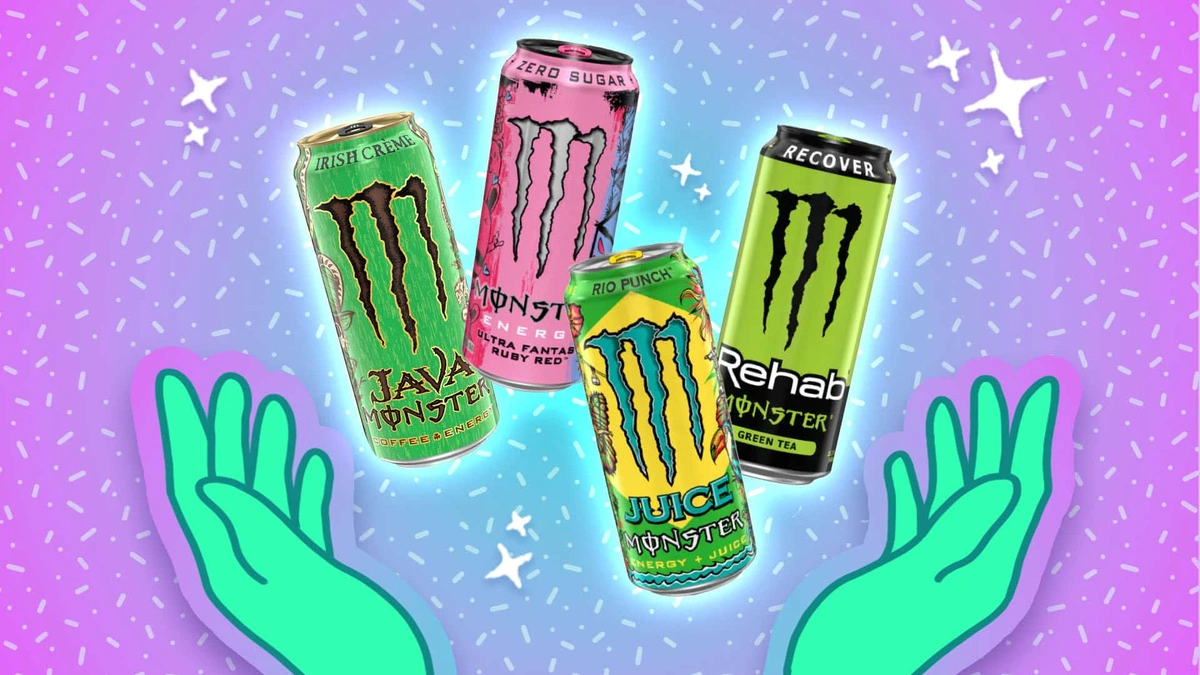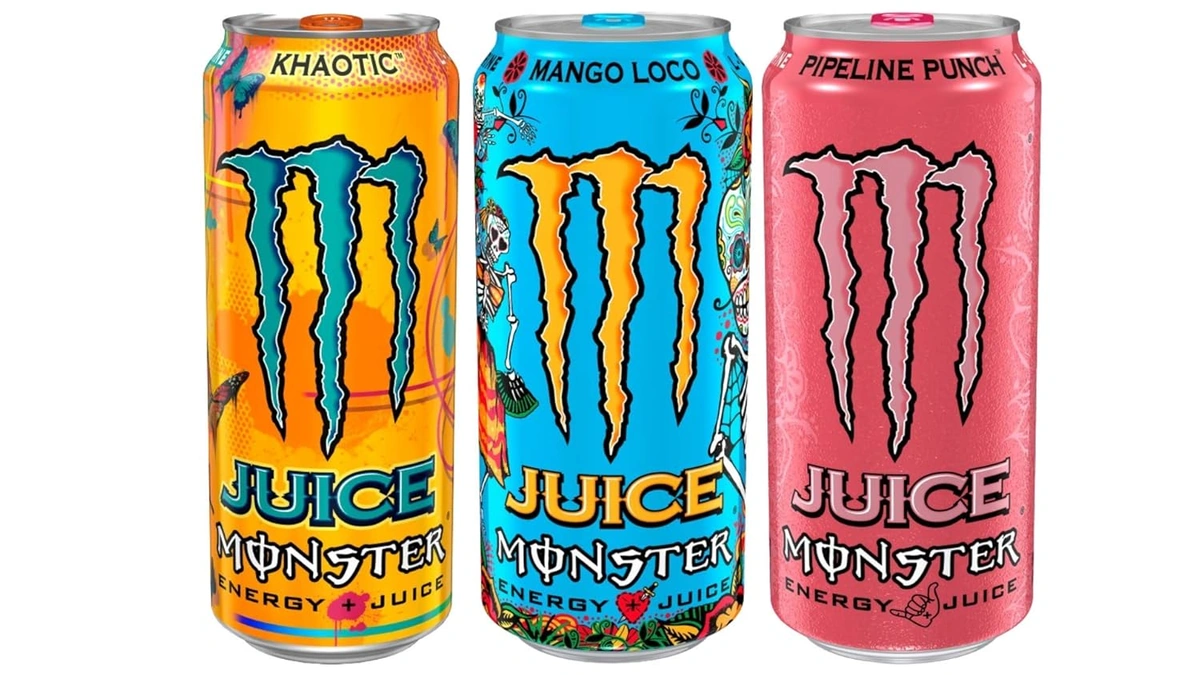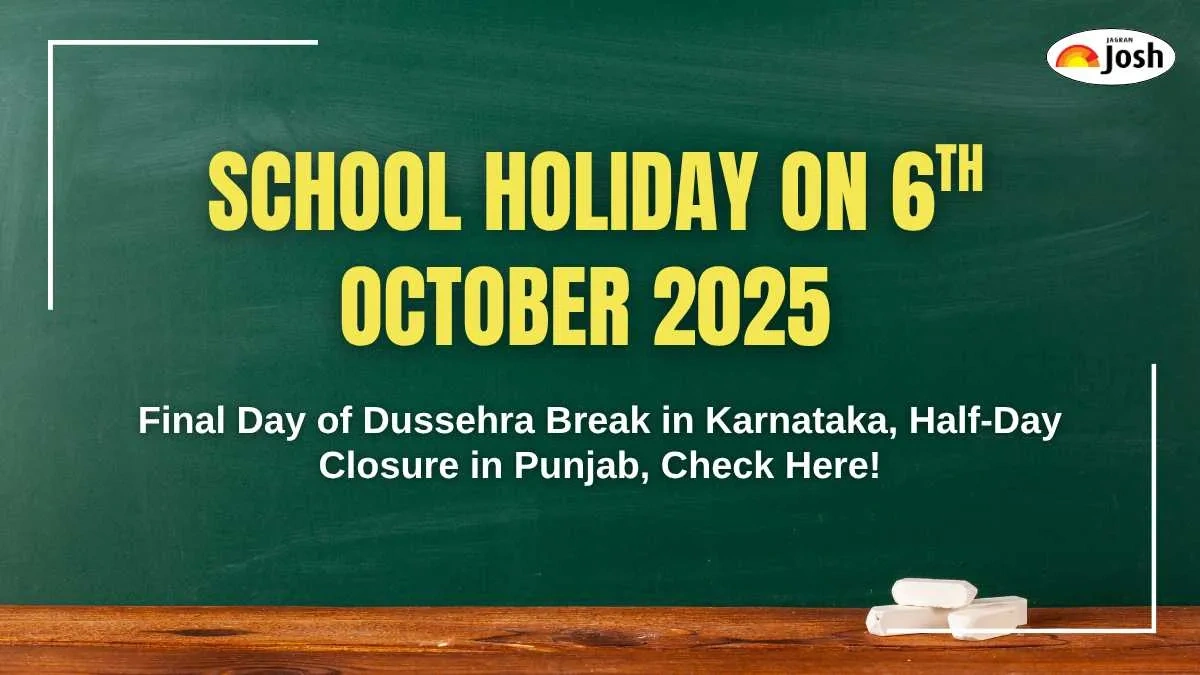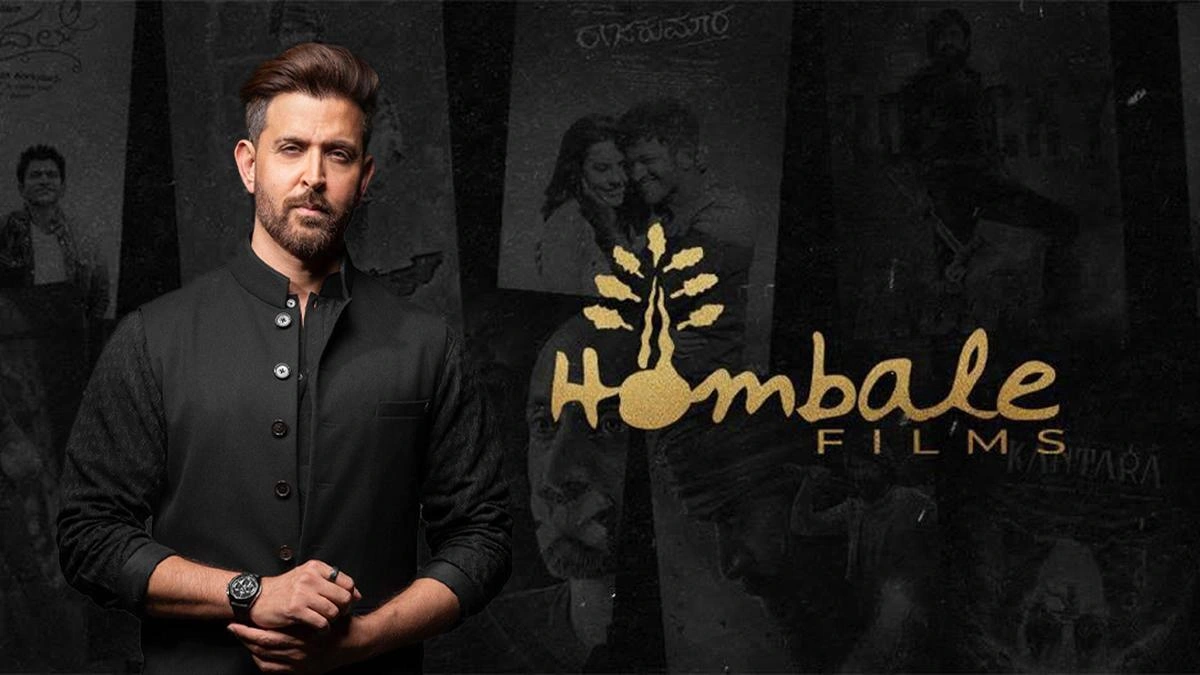Decoding the Monster | Why Our Fascination with the Monstrous Matters
Let’s be honest, we’re all a little bit fascinated by monsters . Is it the thrill of the unknown? The challenge to our sense of normalcy? Or maybe, just maybe, a glimpse into the darker corners of ourselves? I’m not talking about the adorable monsters from your favorite animated movies. I mean the real deal – the ones that haunt our nightmares and populate our folklore. Think Frankenstein’s creation, Dracula, or even the creepy crawlies hiding under your bed (figuratively, I hope!).
But what is a monster , really? It’s more than just a scary face. It’s a symbol, a metaphor, a representation of everything that threatens our comfortable world. And that’s why understanding them, dissecting them, even appreciating them, is so important.
Why Are We So Drawn to the Monstrous?

Here’s the thing: monsters aren’t just about fear. They’re about boundaries. They represent the line between the known and the unknown, the safe and the dangerous, the self and the other. They challenge our sense of order and force us to confront uncomfortable truths about ourselves and our society.
Think about it. Classic monsters like vampires tap into our anxieties about disease, death, and the corrupting influence of power. Werewolves embody our fear of losing control, of the animalistic urges lurking beneath our civilized facade. And zombies? Well, they’re a pretty blatant metaphor for consumerism and the dehumanizing effects of modern life. What fascinates me is how these mythical creatures continue to evolve and reflect our ever-changing anxieties.
But it’s not all doom and gloom. Sometimes, monsters are even… sympathetic. Think of Frankenstein’s creature, longing for acceptance and companionship, or even King Kong, tragically misunderstood and out of place. These figures remind us that even the most monstrous-looking beings can possess a spark of humanity.
Monsters in Pop Culture | A Reflection of Our Fears
From classic literature to blockbuster movies, pop culture monsters are everywhere. And their popularity isn’t just about cheap thrills. These stories provide a safe space to explore our fears and anxieties, to grapple with complex social issues, and to imagine alternative realities.
Consider the rise of the zombie genre in the 21st century. Is it any wonder that these undead hordes became so popular during a time of economic uncertainty, political division, and environmental crisis? They represent our anxieties about societal collapse, the loss of individuality, and the overwhelming sense of powerlessness in the face of global challenges.
And let’s not forget the enduring appeal of vampires. From the romantic allure of Dracula to the brooding angst of modern vampire heroes, these creatures tap into our fascination with immortality, power, and forbidden desire. They represent the seductive pull of the dark side, the temptation to transgress boundaries, and the eternal struggle between good and evil.
Creating Your Own Monster | A Guide to the Monstrous Imagination
Want to unleash your inner monster-maker? Here’s how. The first step is to think about what scares you. What are your deepest anxieties? What societal issues keep you up at night? Use these fears as the raw material for your monstrous creation.
Next, consider the symbolism. What does your monster represent? Is it a metaphor for greed, corruption, environmental destruction, or something else entirely? Give your monster a backstory, a motivation, and a unique set of powers and weaknesses. What are its supernatural abilities ?
But most importantly, give your monster a human element. Make it relatable, even if it’s terrifying. Give it a vulnerability, a desire, or a tragic flaw. This will make it more than just a scary creature; it’ll make it a compelling character that resonates with readers and audiences.
The Monster Within | Confronting Our Inner Demons
Maybe the scariest monsters aren’t the ones lurking in the shadows, but the ones we carry within ourselves. Our fears, our insecurities, our prejudices – these are the things that can truly turn us into monsters. A common mistake I see people make is ignoring these inner struggles. But confronting our inner demons is essential for personal growth and for building a more compassionate world.
How do we do it? By acknowledging our flaws, challenging our biases, and striving to be better versions of ourselves. By embracing empathy, practicing kindness, and standing up for what’s right. It’s a lifelong process, but it’s a journey worth taking.
And remember, even the most monstrous-looking among us are still human beings, deserving of respect and understanding. As per the guidelines mentioned in the information bulletin , judging a book by its cover never works out well. Let’s strive to see beyond the surface and recognize the humanity in everyone, even the “monsters.” Consider exploring Kajol ‘s perspective for further insight. What fascinates me is the potential for redemption that lies within each of us.
The Evolving Face of Fear | Modern Monsters and Their Meaning
The monsters that scare us today aren’t the same as the ones that scared our ancestors. Our fears have evolved, and so have our monsters. Consider the anxieties surrounding technology, artificial intelligence, and climate change. These are the modern-day monsters that haunt our collective imagination.
Robots turning against humanity, AI surpassing our intelligence, and environmental disasters wiping out entire populations – these are the dystopian scenarios that fuel our nightmares. But these stories also serve as a warning, a call to action to address these challenges before they become reality.
And let’s not forget the more subtle, insidious monsters that lurk in the digital realm: cyberbullying, online harassment, and the spread of misinformation. These are the invisible threats that erode our trust, divide our communities, and threaten our mental well-being. Consider exploring Shanavas’ story for a personal account of resilience. Navigating the digital landscape requires vigilance and critical thinking.
Here’s the thing: understanding these modern monsters is crucial for navigating the complexities of the 21st century. By recognizing the dangers they represent, we can take steps to protect ourselves, our communities, and our planet. According to the latest circular on the official NTA website (csirnet.nta.ac.in) , adapting to change is key.
FAQ
What if I’m too scared to confront my own monsters?
That’s perfectly normal! It’s okay to take baby steps. Start by acknowledging your fears and then gradually work on confronting them. Talking to a therapist or counselor can also be helpful.
Are all monsters bad?
Not necessarily! Some monsters can be forces for good, challenging the status quo and inspiring change. Think of superheroes like Batman or Wonder Woman, who use their “monstrous” abilities to fight for justice.
How can I protect myself from online monsters?
Be mindful of what you share online, be wary of suspicious links and messages, and report any instances of cyberbullying or harassment. Consider exploring internet safety resources for further guidance.
Can understanding monsters help me become a better person?
Absolutely! By understanding the underlying fears and anxieties that monsters represent, you can gain a deeper understanding of yourself and the world around you. This can lead to greater empathy, compassion, and a willingness to challenge your own biases.
Ultimately, our fascination with monsters reflects our enduring need to understand ourselves and the world around us. They are a mirror reflecting our deepest fears, our darkest desires, and our endless capacity for both good and evil. By embracing the monstrous, we can gain a deeper appreciation for the human condition. That’s what truly fascinates me.













